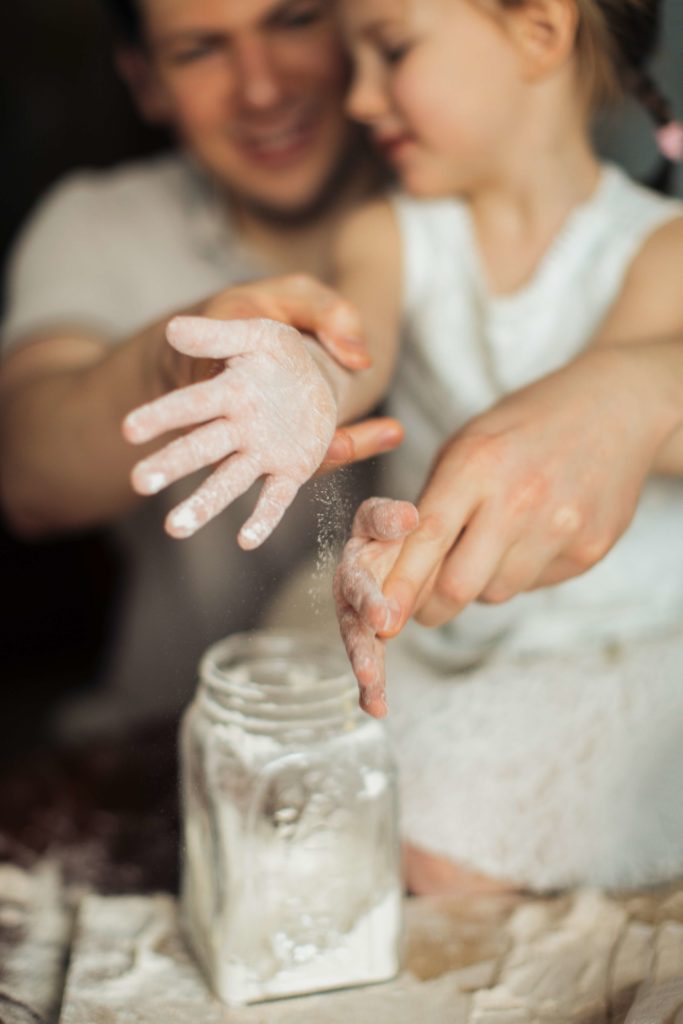
Discovery bottles and Sensory bottles are containers that have things inside them. Clear bottles or jars are easier to see through, and you can use anything that fits as the object in the bottle. These 5 ideas for sensory bottles are great for daycare, with the added benefit of being a hands-on project for the older kids in the class.
- Button Bottles
Filling a small, clear container with an assortment of buttons will entertain daycare students, mesmerizing them with the different colors and shapes that rattle when young hands move the bottle. This activity for the youngest students is great for developing fine motor skills and makes an excellent project for the older kids in the class to build.
- “Hourglass” Bottles
This discovery bottle is a treat for any age group. Fill a smooth-sided jar ¾ full of ordinary building sand, fill the jar the rest of the way with water, and add a few drops of food coloring. Hold the jar upright and shake it gently for a few seconds, then turn it upside down and watch the sand slowly “eat” its way up through the sand.
- Scented Bottles
Creating a scented sensory bottle is as easy as putting a little plant material in a water bottle, adding a couple of drops of scented oils or sprays, and poking small holes in the container. You can make an assortment of scented bottles and then play a game of identifying the scent each one exudes.
- Clacking Bottles
The most important aspect of sensory and discovery bottles is that they engage one or more of a child’s senses. A collection of pebbles makes a noisy but entertaining discovery bottle. You can substitute other small items for stones, such as dice, jacks, or small animal figurines.
- More Science Bottles
Discovery bottles are great for science. Fill a water bottle with water and freeze it. As the water thaws, children can learn about the states of matter and explore tactile sensations of hot and cold. You can also experiment with other mediums, such as vegetable oil to find out how they affect the movement (or other properties) of objects in the bottle. Try mixing most of the bottle with dyed water and the rest with oil, and watch how they behave. Then reverse the mixture!